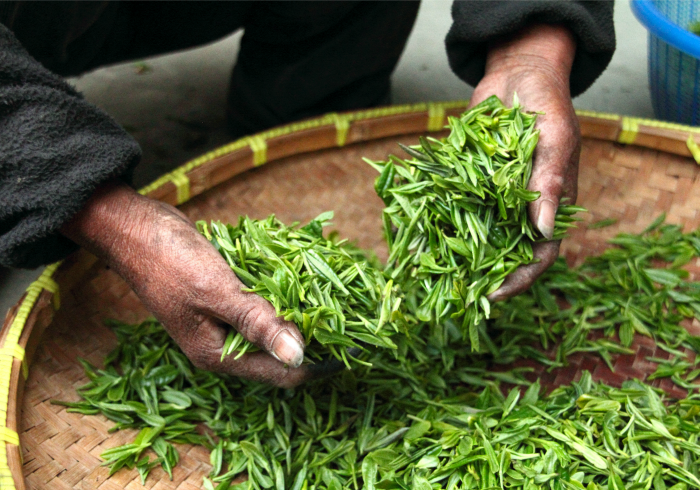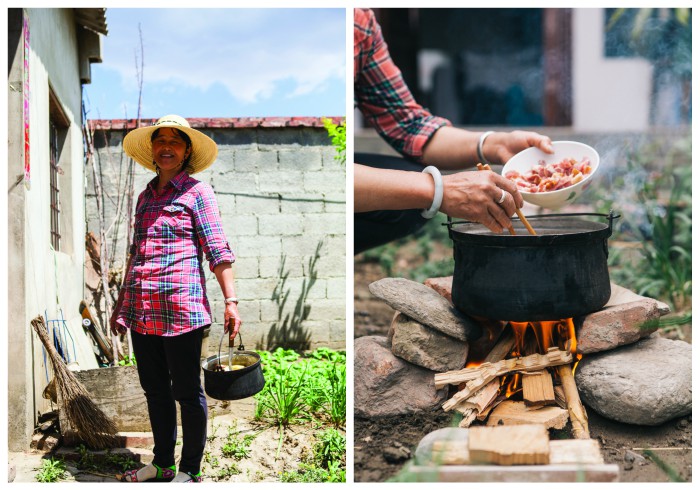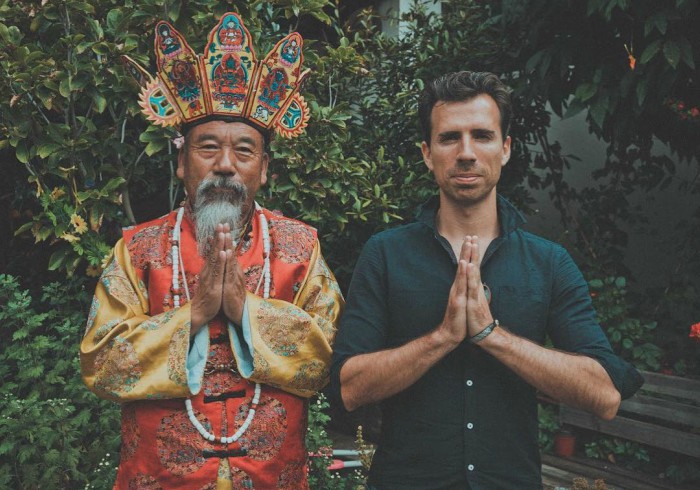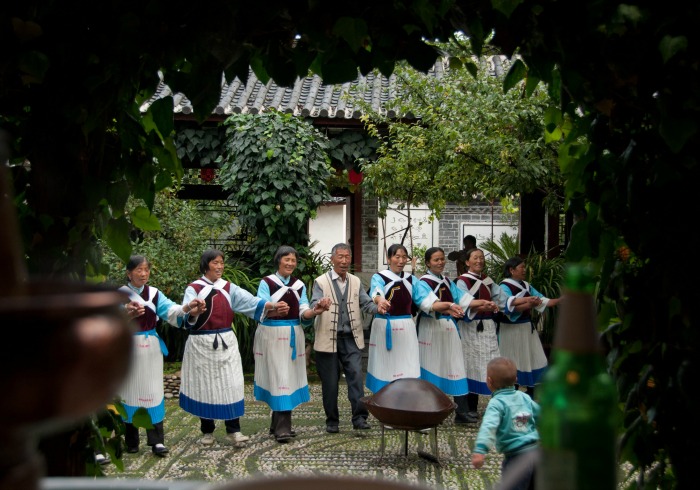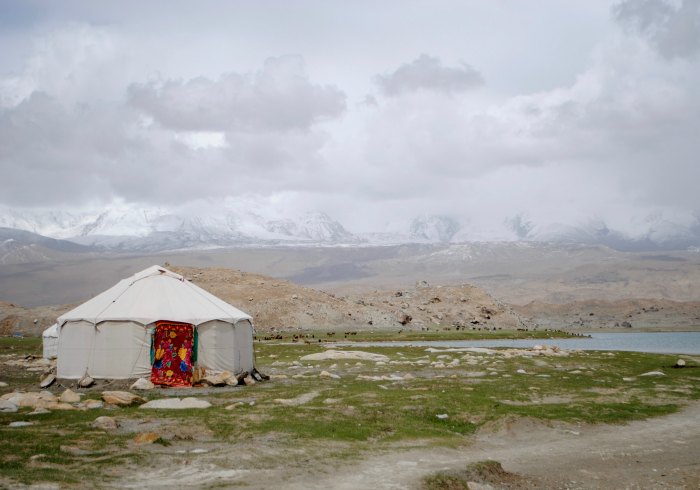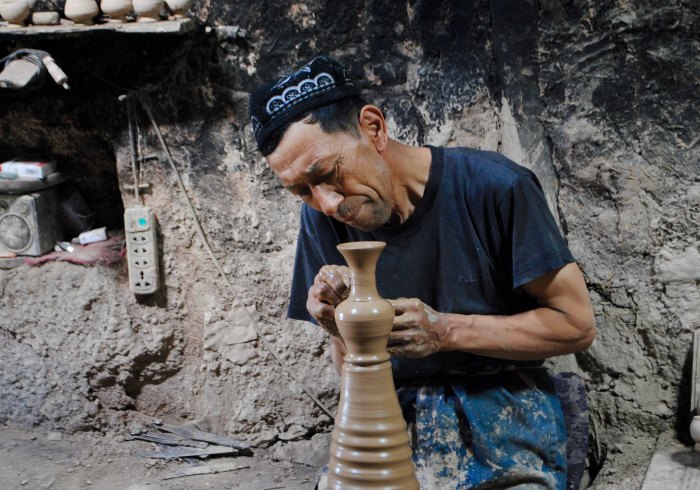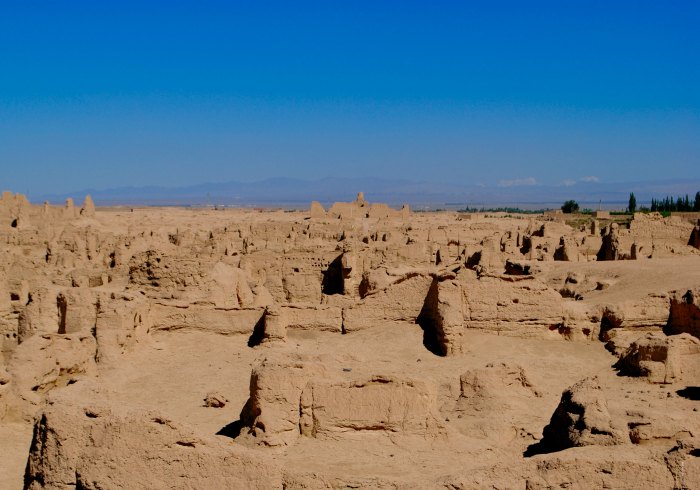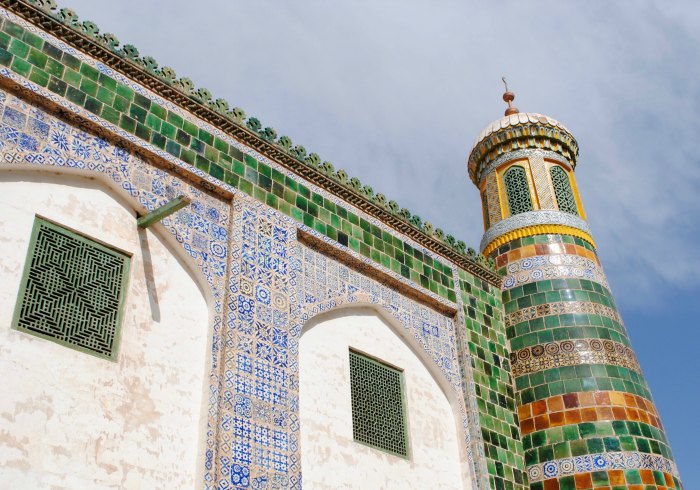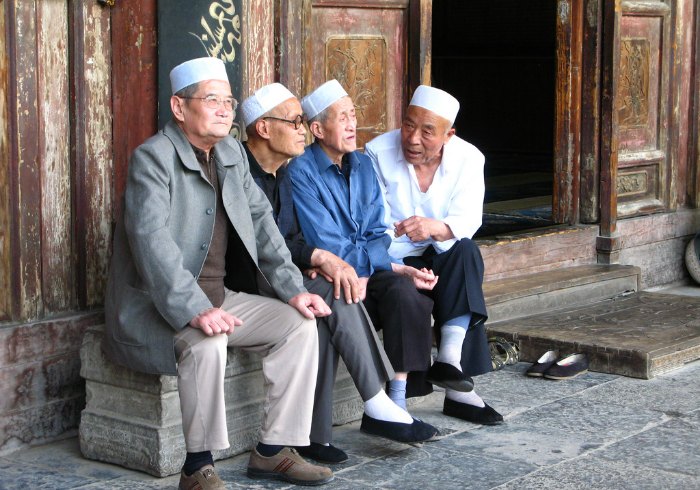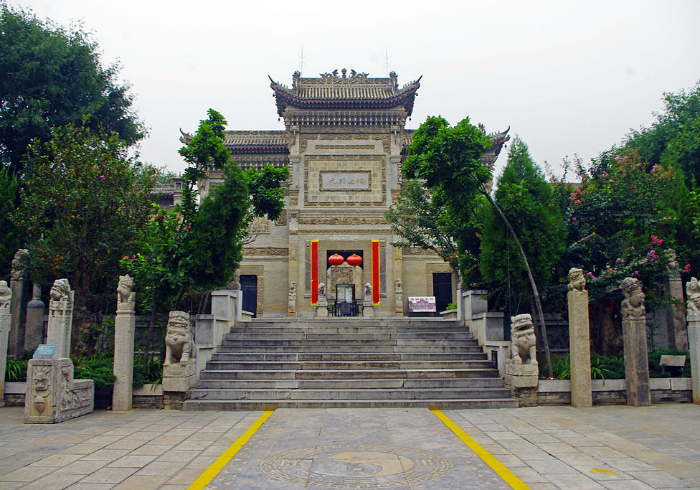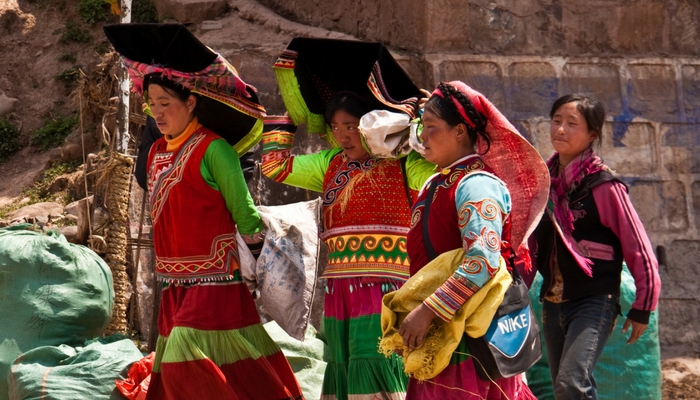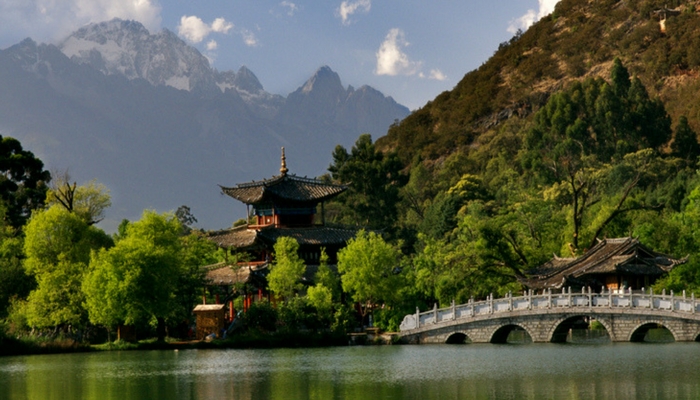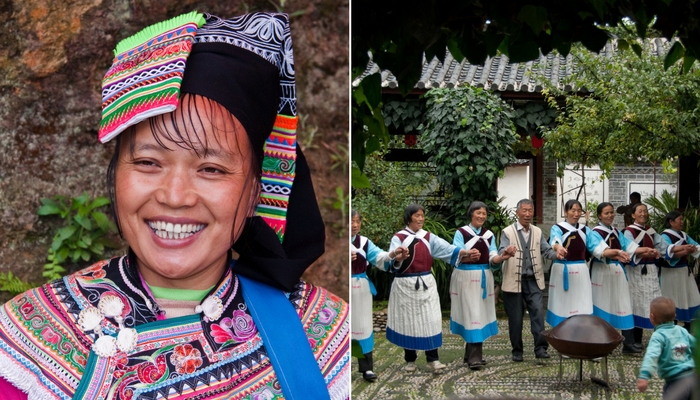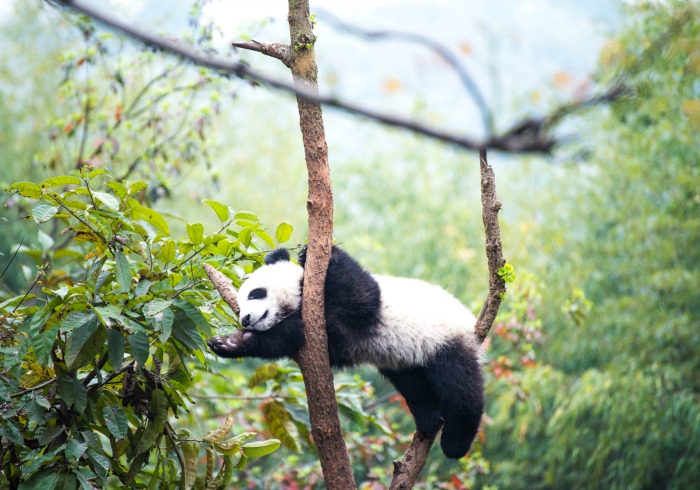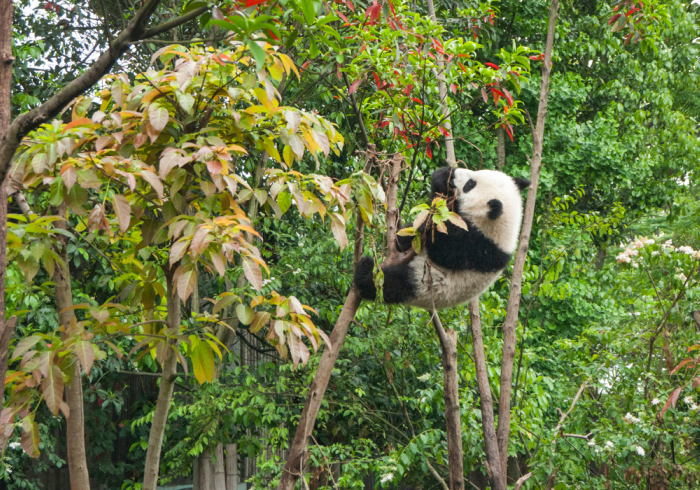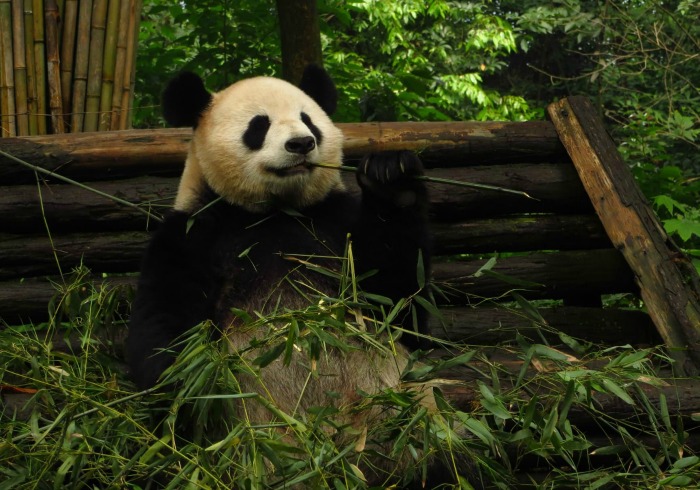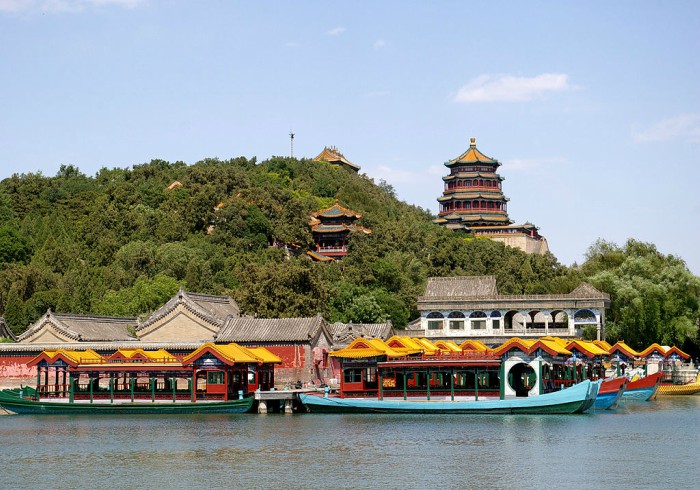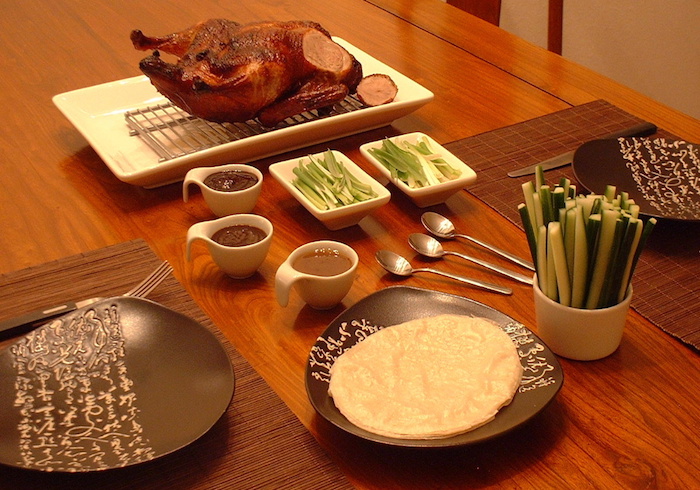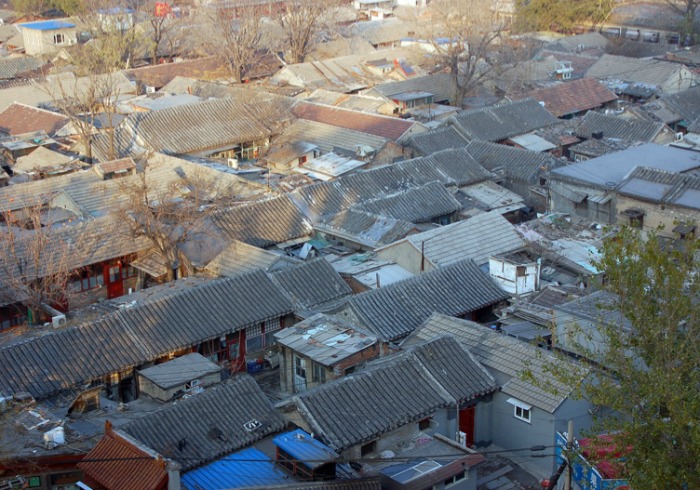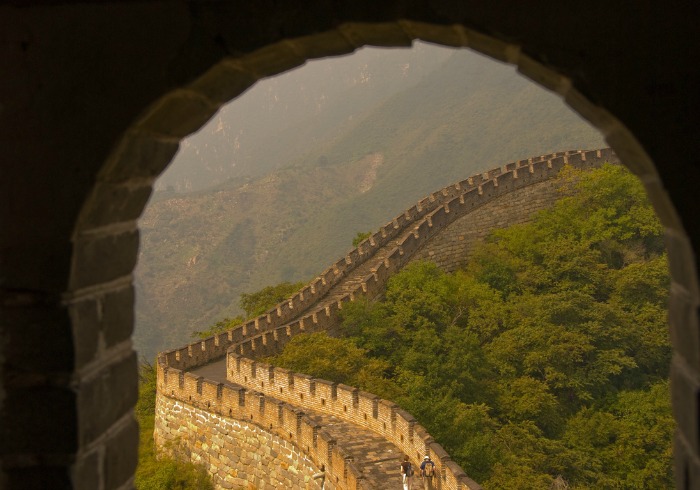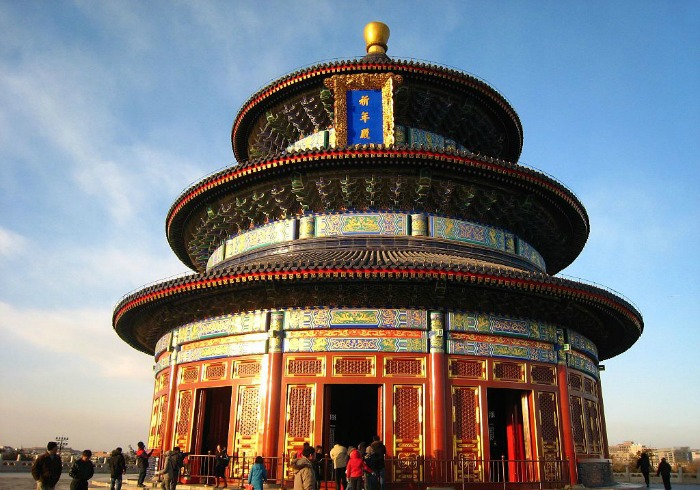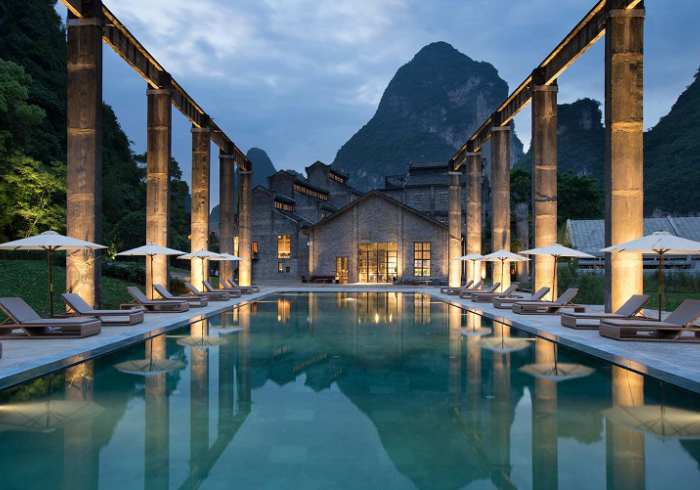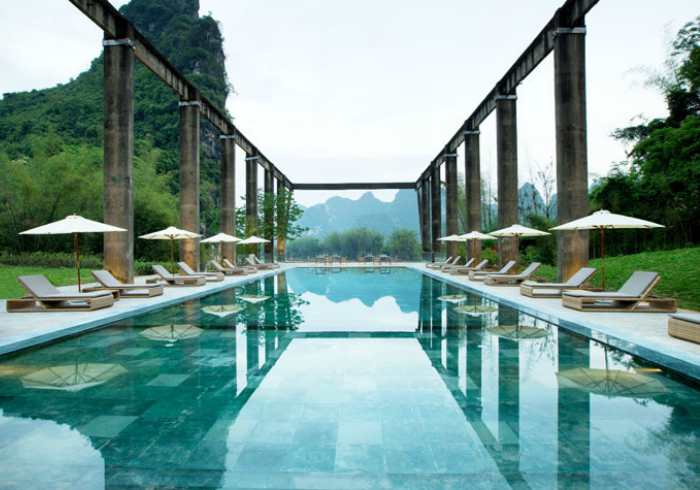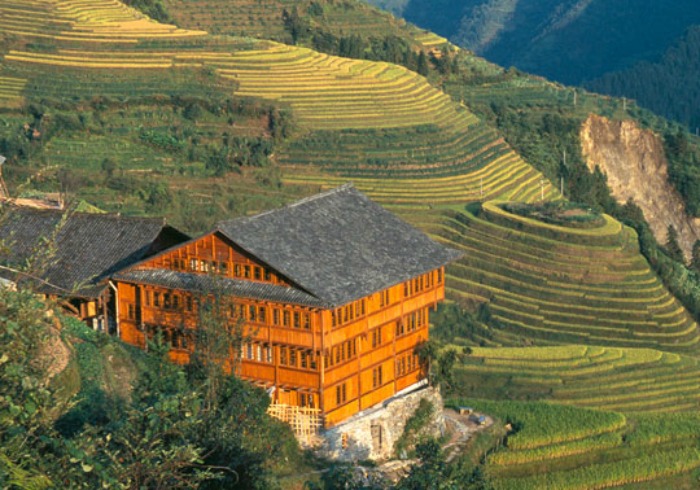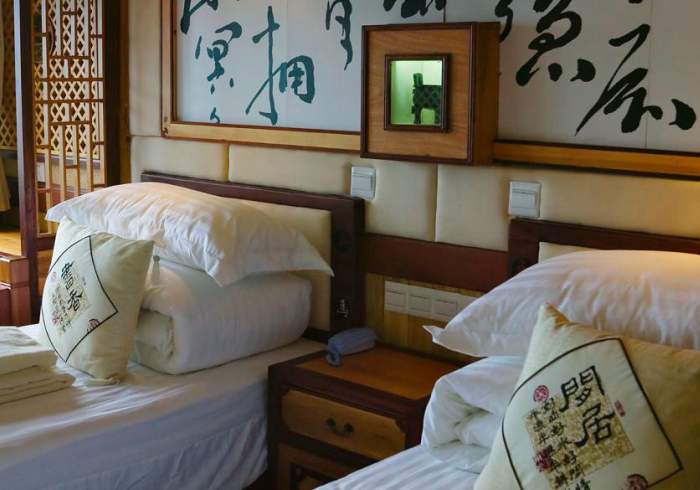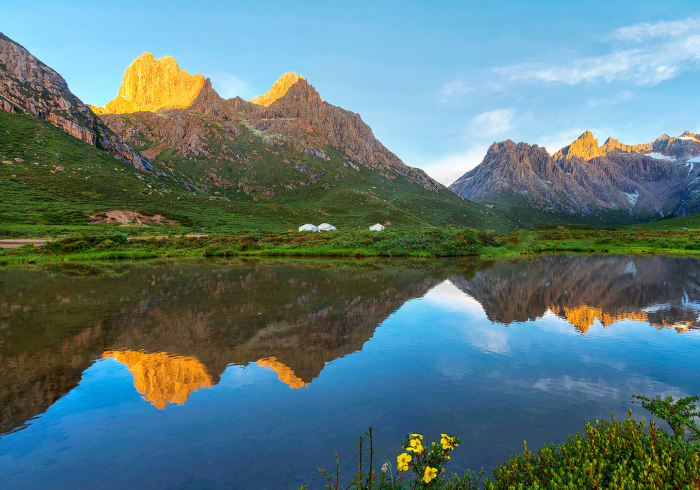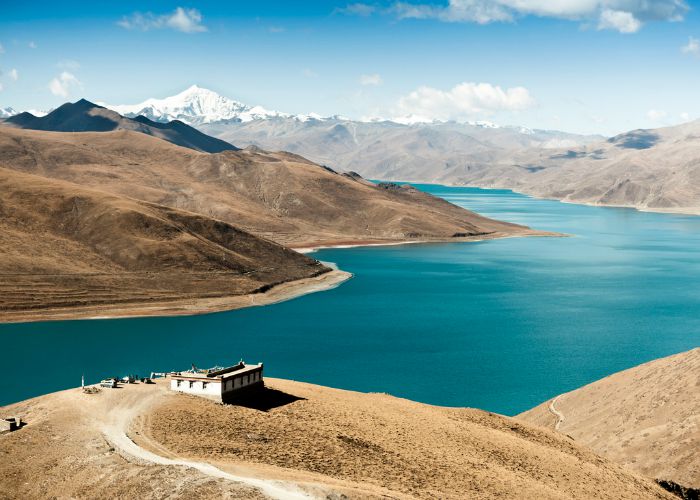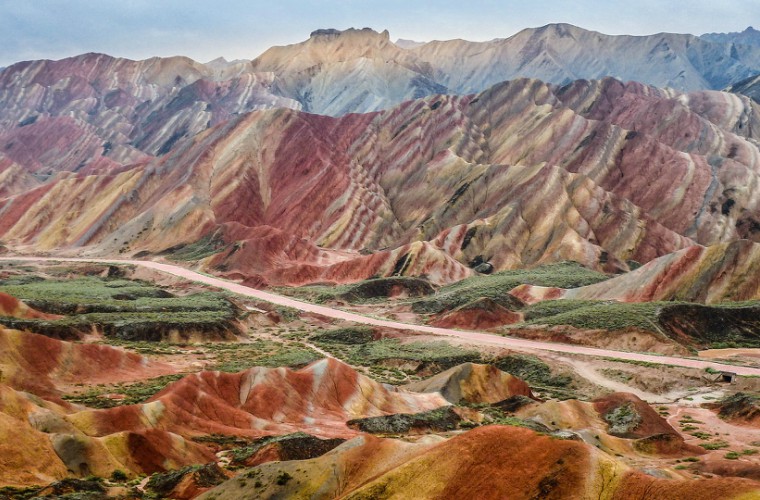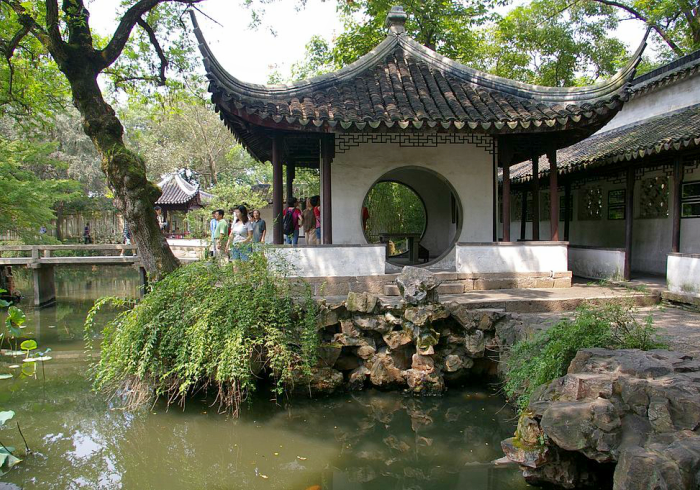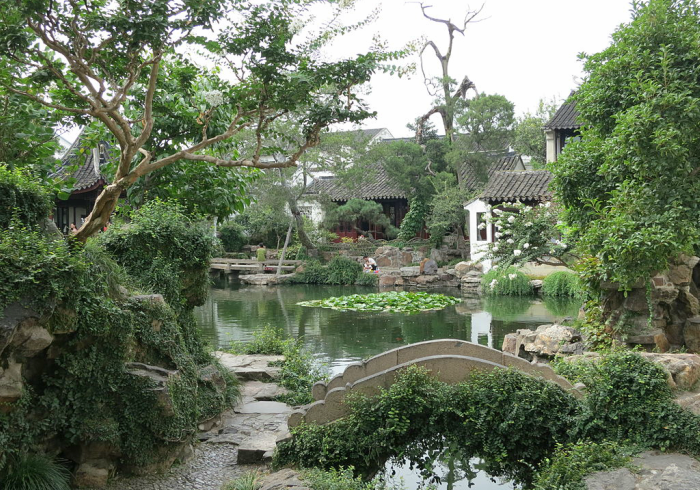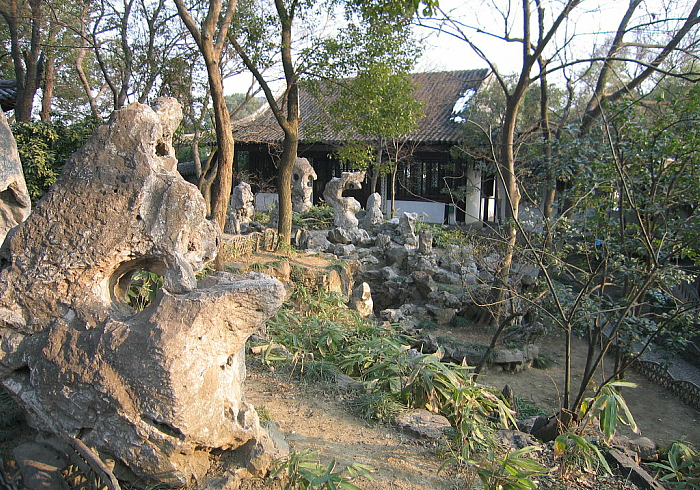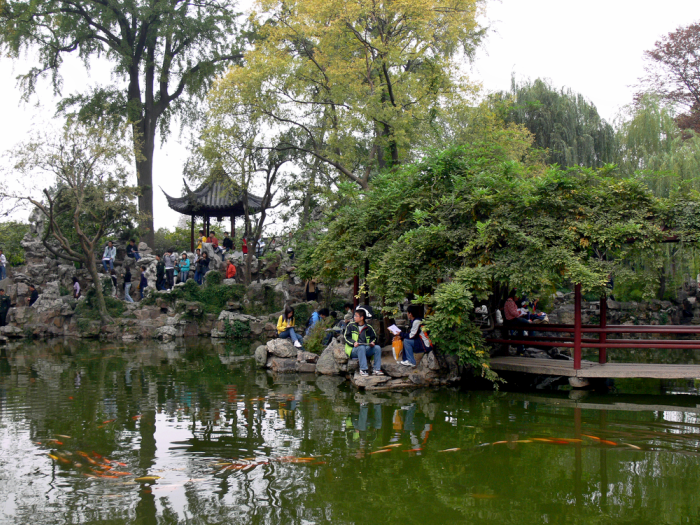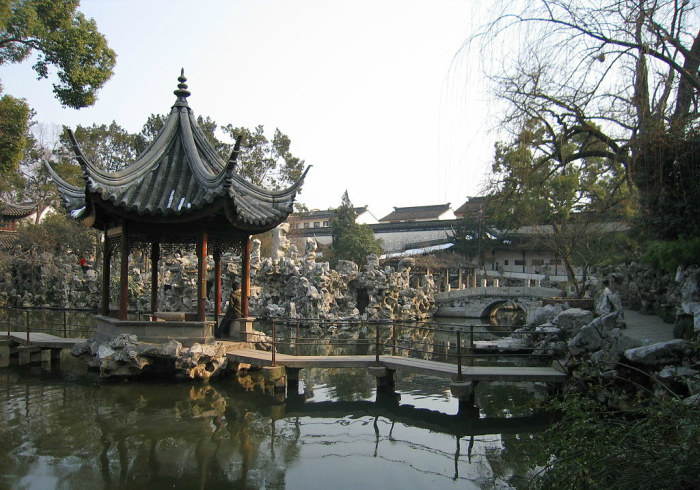Things are shaping up for 2018 to be one of the best years to travel to China yet. From recent economic activity shining a new light on ancient crossroads of cultures to UNESCO designating new sights of natural and cultural heritage on distant plateaus, attention is turning to the Middle Kingdom as a great place to visit.
If you’re thinking of visiting China next year, here are five hot destinations to consider. And the best news? We offer knowledgeable local guides and authentic experiences in every one! These are the hottest destinations in China for 2018.
The Silk Road
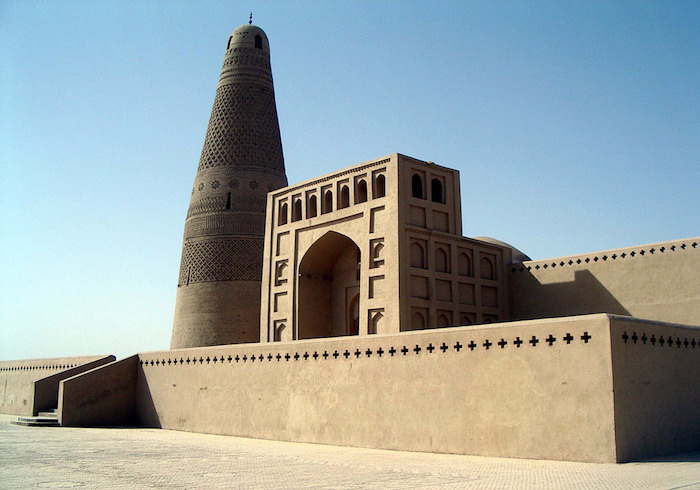
The Silk Road hit the headlines this year thanks to the “One Belt, One Road” project also known as The Belt and Road Initiative (BRI). With talk of new and improved trade routes being developed across Asia, much attention has turned to the belt’s ancient roots.
An expansive route leading from China to Europe, travelers along the ancient Silk Road traded much more than sought after goods, they shared religions, foods, languages, and cultures. Remnants of the ancient Silk Road are still very much alive in China’s northwest and 2018 is the year to see them. Be sure to visit Dunhuang’s Mogao Caves, a system of grottoes that present the largest collection of Buddhist fresco art in the world, and hear fascinating stories of travelers past during a private sunset BBQ in the Taklamakan Desert.
RELATED READING: The Mogao Caves and Other Top Dunhuang Attractions
Tibet

Tibet is a mysterious region of China and in 2017, AsiaTravel’s Director of Sales set off to research and develop a brand new series of experiences in the region. These will all be ready to go for the 2018 Tibet travel season. On a AsiaTravel tour of Tibet you can now get a health check from a Tibetan medicine master and try your hand at thangka, a Tibetan Buddhist painting on cotton or silk that often depict the life of the Buddha or other deities.
The new Songstam Lhasa Hotel will be also be fully completed and ready for your stay. If you’re visiting Tibet’s second largest urban area, Shigatse (a base from which you can explore Mount Everest), a new Tibetan Boutique Hotel has just opened there that we would highly recommend.
RELATED READING: Peek Inside the New Songtsam Lhasa
Shanghai’s Art Scene
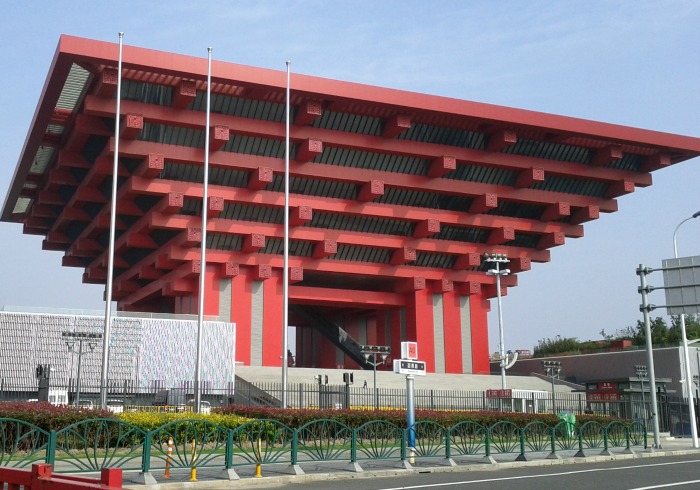
Shanghai has a fast-growing reputation as a leading art capital in China. The city was even recently praised by Conde Nast Traveler as being ‘the place to be’ for contemporary art lovers.
Two art districts, M50 and Tianzifang, are home to small galleries and the workshops of China’s youngest generation of artists. We just brought on board a new Shanghai contemporary art expert so now is a great time to explore this unexpected side to the city.
Every two years, Shanghai hosts an art Biennale and the next one will kick off in the Fall of 2018. The Biennale will be hosted in Shanghai’s iconic China Art Museum (pictured above) and is not to be missed.
RELATED READING: 5 Alternative Must-Sees in Shanghai
Dali
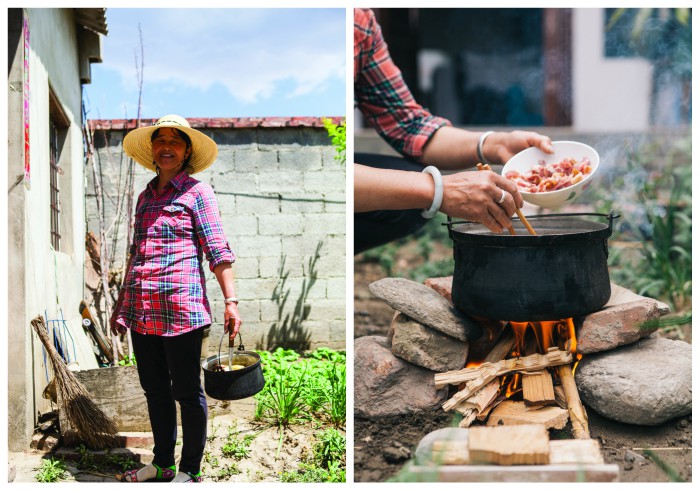
China’s Yunnan Province is famous for being home to most of the country’s 55 ethnic minorities as well as some incredible natural scenery. Recently though, it’s been the region’s cuisine that everyone is talking about. Highly-acclaimed Vogue magazine declared that Yunnan Cuisine is about to sweep the U.S. so 2018 is definitely the year to visit and try the food at its origin.
Even better, founder and CEO Mei Zhang will lead an expert-led foodies tour to the region in December 2018. Don’t miss out on your space on this exclusive change to jump into the pages of Mei’s first book Travels Through Dali: with a leg of ham.
RELATED READING: AsiaTravel founder and Dali-native Mei Zhang’s Insider Tips to Dali
Hoh Xil
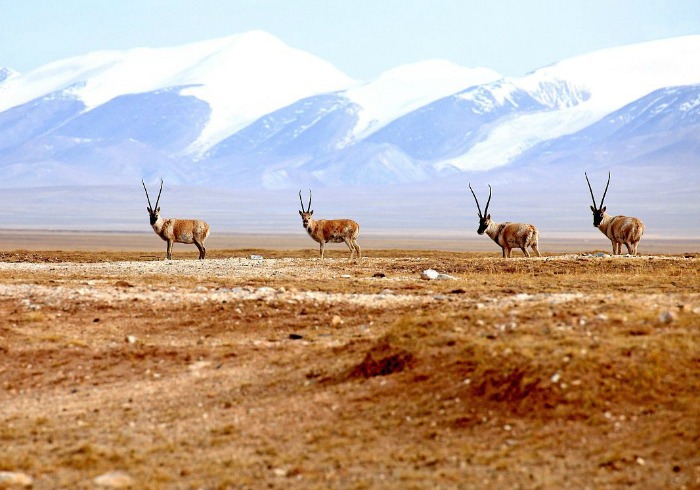
China’s eastern province of Qinghai is famous for its breath-taking scenery – and arguably Hoh Xil is one of the last untouched natural landscapes in the world. It should now remain that way after recently gaining UNESCO World Natural Heritage status as the largest and highest plateau on earth. Wildlife thrives on the plateau which is home to over 230 species of wild animals including wild yaks, donkeys, Tibetan antelopes, eagles and rare fish.
If this sounds rather off the beaten track, it is! Historically foreign passport holders weren’t allowed to visit the plateau but with the help of some AsiaTravel exclusive access magic, we’ve just finished designing our first trip to the region.
With all these destinations making waves in the travel world, it’s no wonder Lonely Planet named China one of their top ten countries to visit in 2018. Why not come see what all the buzz is about?
If you want to break free of the cookie-cutter experience and visit thrilling destinations like the ones above, let’s start planning your trip.

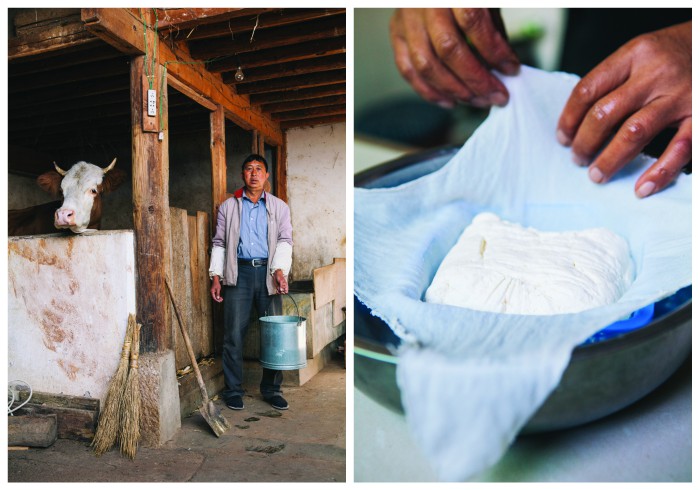 Photo Credit: Elizabeth Phung (Travels through Dali with a Leg of Ham)
Photo Credit: Elizabeth Phung (Travels through Dali with a Leg of Ham)